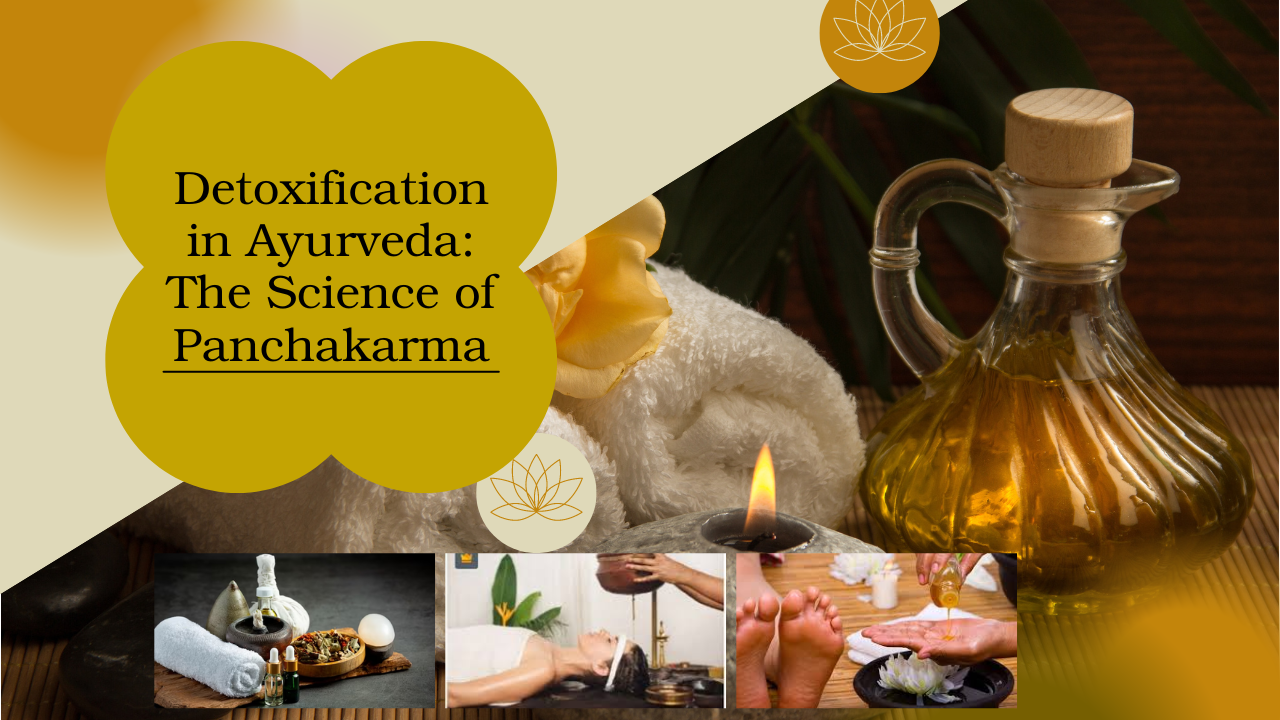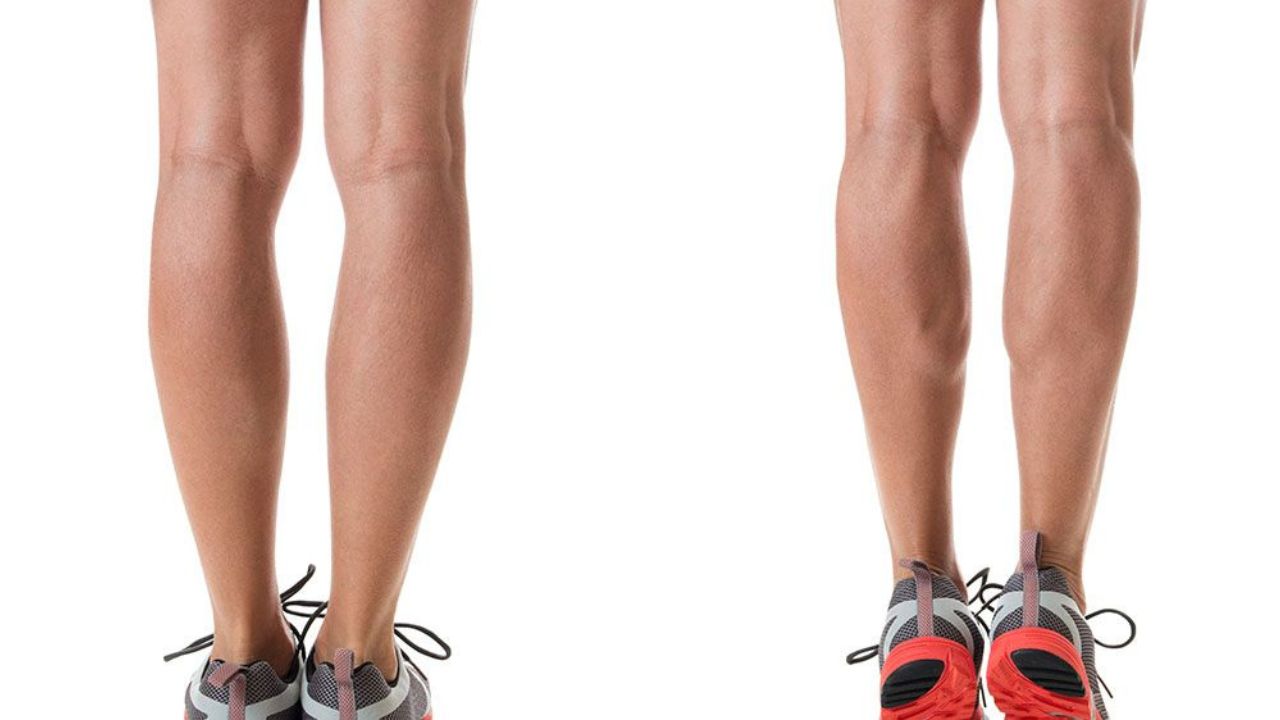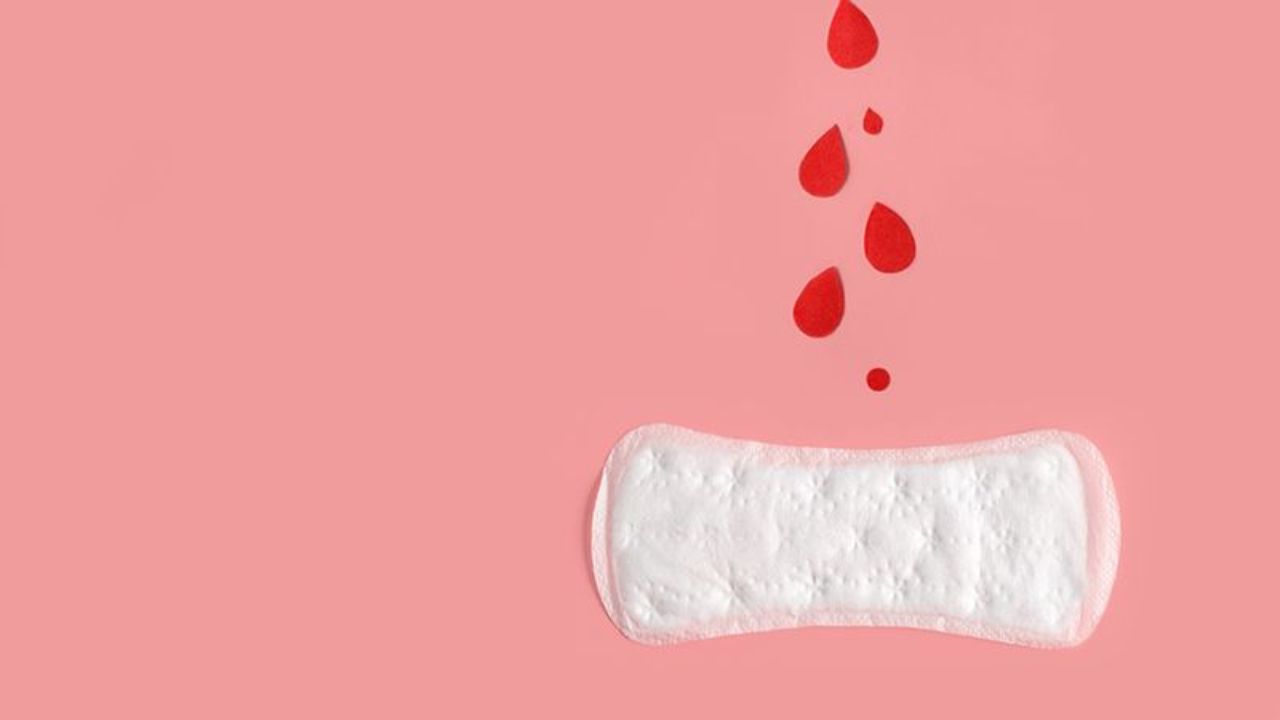Ayurvedic Detoxification Explained
With the increasing concerns surrounding modern lifestyles, stress, pollution, and dietary habits, the ancient practices of Ayurveda are becoming more relevant. One standout procedure within Ayurveda is Panchakarma, a comprehensive detoxification process.
Understanding Panchakarma: Its Significance in Ayurveda
- The Five Fundamental Actions
Panchakarma, in Sanskrit, means “five actions”. Each of these actions refers to a specific detoxifying treatment that aims to cleanse the body of toxins.
- Equilibrium of the Doshas
Within Ayurvedic principles, “Doshas” are the energies that regulate physiological activity. Panchakarma is crafted to ensure the balance of these Doshas within the body.
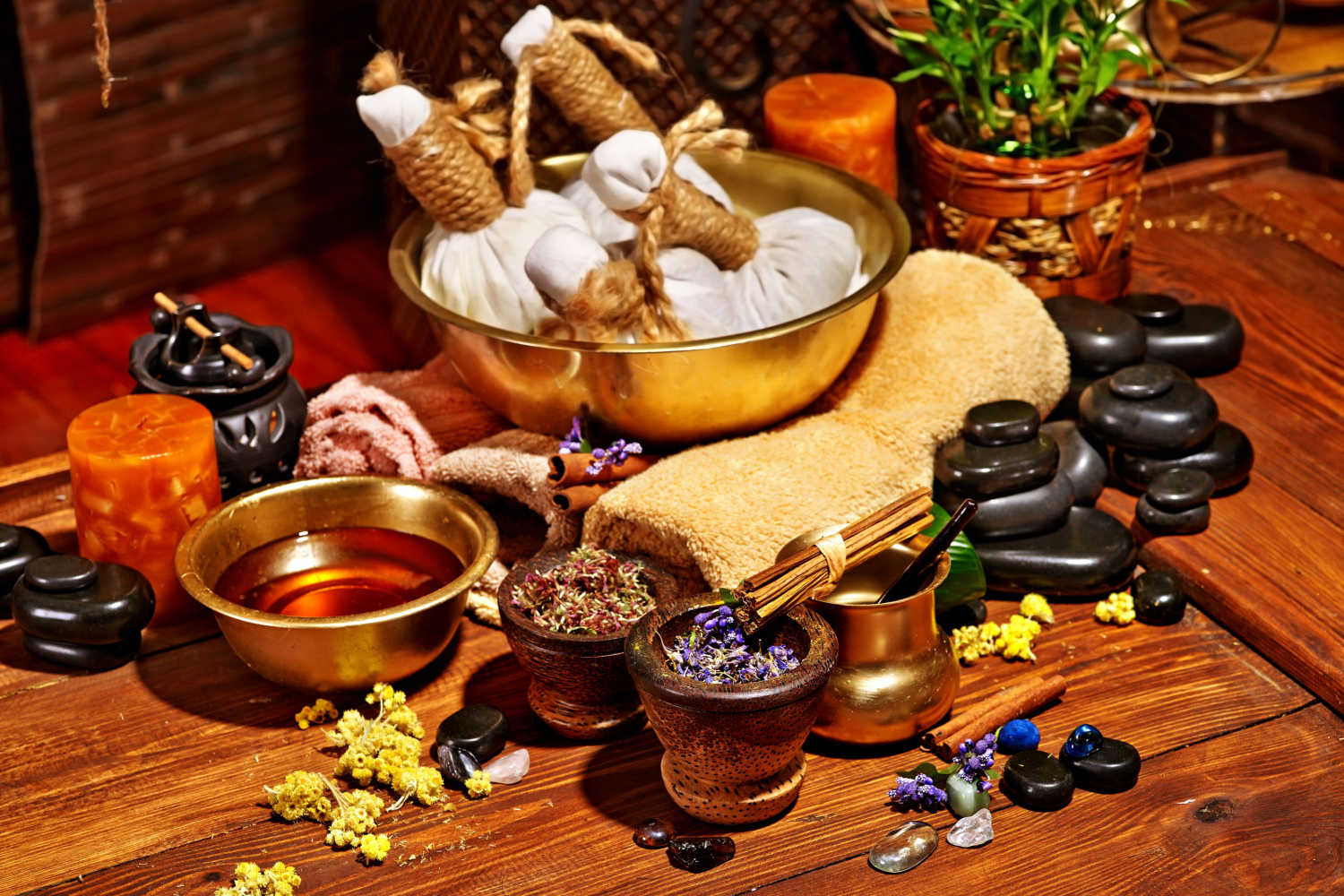
The Relevance of Panchakarma in Contemporary Settings
The integration of Panchakarma in modern urban areas underscores its universal applicability, even in today’s technologically-driven world. Cities, with their frequent exposure to pollutants, make the detoxification process offered by Panchakarma invaluable. The Ayurvedic clinic in Sydney is a prime example of how Panchakarma can be adapted for the needs of contemporary urban dwellers.
An Overview of Panchakarma Treatments
- Vamana (Emesis): This process aids in the removal of excess mucus and the Kapha dosha through therapeutic emesis.
- Virechana (Purgation): This is a systematic process to cleanse the small intestine.
- Nasya (Nasal Cleansing): This procedure focuses on the elimination of excessive doshas from the cerebral region.
- Basti (Enema): A method specifically for colon cleansing.
- Raktamokshana (Blood Letting): Used less frequently, this is a method to purify the blood.
Historical Context: The Roots of Panchakarma
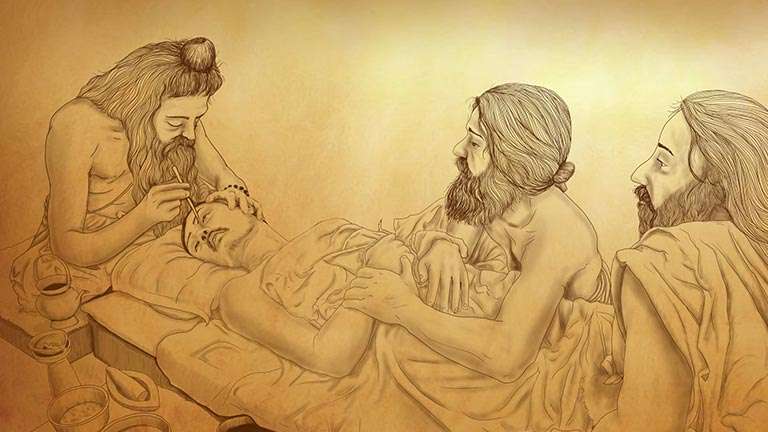
While contemporary society is only beginning to fully embrace the benefits of Panchakarma, its origins trace back thousands of years. Born out of ancient Indian Vedic culture, this elaborate detoxification process became an integral component of Ayurvedic medicine, a holistic healthcare system that focuses not just on the body but also on the mind and spirit.
Ayurveda: A Brief Overview
Ayurveda, often termed as the ‘science of life,’ provides insights into leading a balanced life. The ancient scriptures, like the Charaka Samhita and Sushruta Samhita, extensively detail various treatments, among which Panchakarma shines brightly.
The Three Doshas: Vata, Pitta, and Kapha
The Doshas are fundamental to understanding Ayurveda. These biological energies found in the human body and mind regulate physical and mental processes:
- Vata (Air & Ether): Governs movement in the body, such as blood flow and waste elimination. When out of balance, it can lead to anxiety and neurological disorders.
- Pitta (Fire & Water): Controls digestion and metabolism. An imbalance can cause inflammation and digestive disorders.
- Kapha (Water & Earth): Responsible for growth and lubrication in the body. Imbalance can lead to respiratory issues and depression.
For optimal health, these doshas must be in harmony. Panchakarma offers the tools and treatments to ensure this balance.
Science Behind Panchakarma
Modern science is increasingly acknowledging the benefits of Ayurvedic practices, including Panchakarma. The detoxification process of Panchakarma is believed to reduce oxidative stress, lower inflammation, and improve gut health. Research at various institutions worldwide, including those near the renowned Ayurvedic clinic in Sydney, is delving into understanding the mechanisms behind these practices.
The Preparatory Phase: Before The Main Procedures
Before diving into the main treatments of Panchakarma, preparatory methods are employed:
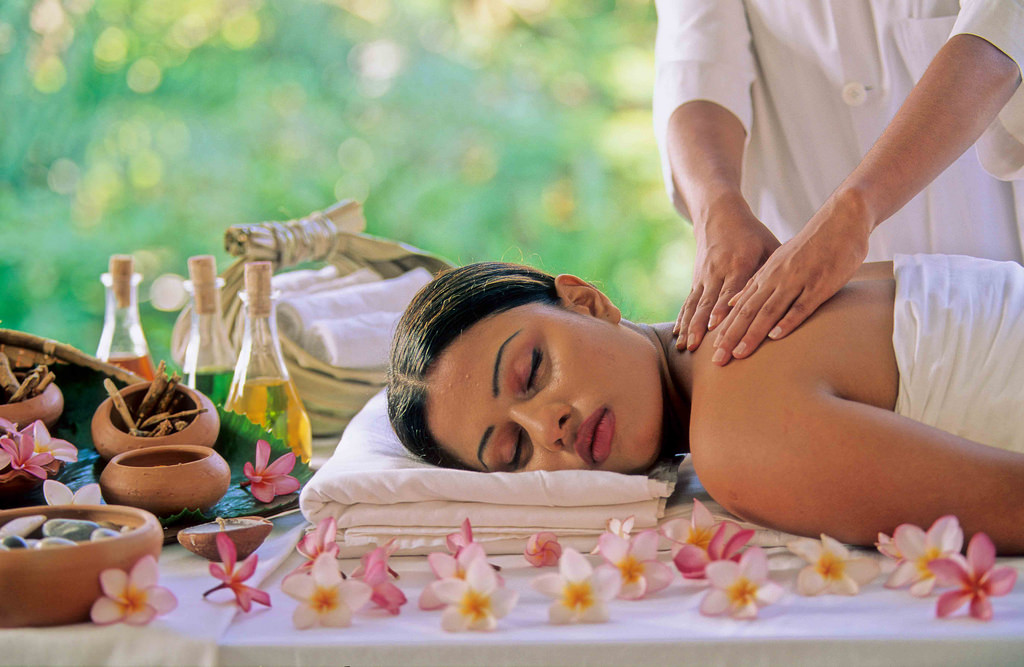
- Snehana (Oleation): The internal and external application of oils to lubricate the body and soften the toxins, making them easier to eliminate.
- Swedana (Sudation): This involves inducing sweat through steam, helping to open up the body’s channels and flush out toxins.
These pre-treatments ensure that the body is ready to release accumulated toxins during the primary procedures of Panchakarma.
Post Panchakarma: Building Resilience
The detoxification process doesn’t end with the primary procedures. Post-treatment includes:
- Dietary Regulation: Patients are often advised on a specific diet to ensure the benefits of the treatment are long-lasting.
- Lifestyle Recommendations: From sleep patterns to physical activity, every aspect of one’s routine can be optimized for holistic health.
Ayurveda Beyond Panchakarma
While Panchakarma holds a revered spot, Ayurveda is a vast field with various treatments and therapies:
- Shirodhara: A therapeutic technique where warm oil is poured continuously on the forehead. It is known to induce deep relaxation and is beneficial for neurological and psychosomatic disorders.
- Abhyanga: A synchronized full-body massage using medicated oils. It rejuvenates the body, improves circulation, and imparts a radiant glow to the skin.
- Marma Therapy: Similar to acupuncture, it focuses on vital points in the body to stimulate various organs and systems.
Global Acceptance and The Role of Institutions
With wellness tourism on the rise, many countries are embracing Ayurveda. The Ayurvedic wellness centre trend is not limited to India or Sydney. From Europe to the Americas, Panchakarma retreats are mushrooming, offering the promise of rejuvenation and detoxification.
Furthermore, educational institutions worldwide are incorporating Ayurvedic studies, reflecting its growing global significance. This fusion of traditional knowledge with modern science is forging a path for more holistic healthcare systems worldwide.
The Role of Panchakarma in Sydney’s Wellness Scene
Sydney’s acceptance of Ayurveda, particularly Panchakarma, is noteworthy:
- Tailored Protocols: Ayurvedic clinics in Sydney focus on providing individualized treatments to cater to the unique needs of each patient.
- Modern Facilities with Traditional Principles: These clinics often combine modern medical amenities with time-tested Ayurvedic concepts.
Conclusion: Embracing Time-Tested Wellness
In Closing: A Holistic View of Health
Detoxification is not just about ridding the body of toxins; it’s about resetting one’s entire system. In an era where quick fixes and instant gratifications are the norm, Panchakarma offers a profound and comprehensive solution to wellness. As research grows and more and more institutions, like the Ayurvedic clinic in Sydney, endorse its benefits, Panchakarma’s blend of ancient wisdom and scientific validation stands as a beacon of holistic health and well-being.
Note: It is recommended to consult a certified Ayurvedic practitioner before starting any treatments to ensure safety and effectiveness.
Frequently Asked Questions (FAQs) about Panchakarma and Ayurveda
- What are the primary benefits of undergoing Panchakarma?
Answer: Panchakarma offers a holistic approach to detoxification. Its benefits are manifold, including the elimination of toxins from the body, balancing the doshas (Vata, Pitta, Kapha), improving digestion, enhancing immunity, reducing stress, and revitalizing the body and mind. Moreover, it often leads to better sleep, increased energy, and an overall sense of well-being.
- How often should one undergo Panchakarma?
Answer: The frequency of undergoing Panchakarma varies based on individual needs. Generally, it’s recommended once a year for maintaining optimal health. However, those with specific health issues might benefit from undergoing the process more frequently. It’s crucial to consult with a certified Ayurvedic practitioner to determine the right frequency for you.
- Are there any side effects or risks associated with Panchakarma?
Answer: When conducted by trained and experienced practitioners, Panchakarma is generally safe. However, certain procedures may not be suitable for everyone, especially pregnant women, very elderly individuals, or those with specific medical conditions. It’s essential to provide a complete health history and discuss any concerns with your practitioner before starting the treatment.
- How do I prepare for a Panchakarma treatment?
Answer: Preparation usually involves a pre-Panchakarma consultation with an Ayurvedic doctor, who will guide you based on your dosha constitution and current health status. Common preparatory steps include following a specific diet, undergoing Snehana (oleation) and Swedana (sudation) treatments, and potentially taking certain herbal medications. This preparation phase ensures that toxins are loosened in the body, making them easier to eliminate during the main procedures.
- Are modern Ayurvedic treatments, such as those in Sydney, different from traditional ones?
Answer: Modern Ayurvedic wellness centres, like the Ayurvedic clinic in Sydney, often combine traditional practices with contemporary knowledge. While the core principles remain unchanged, the application might be tailored to suit the needs of the modern world. Additionally, many modern clinics incorporate state-of-the-art facilities and technological advancements to enhance the overall treatment experience


